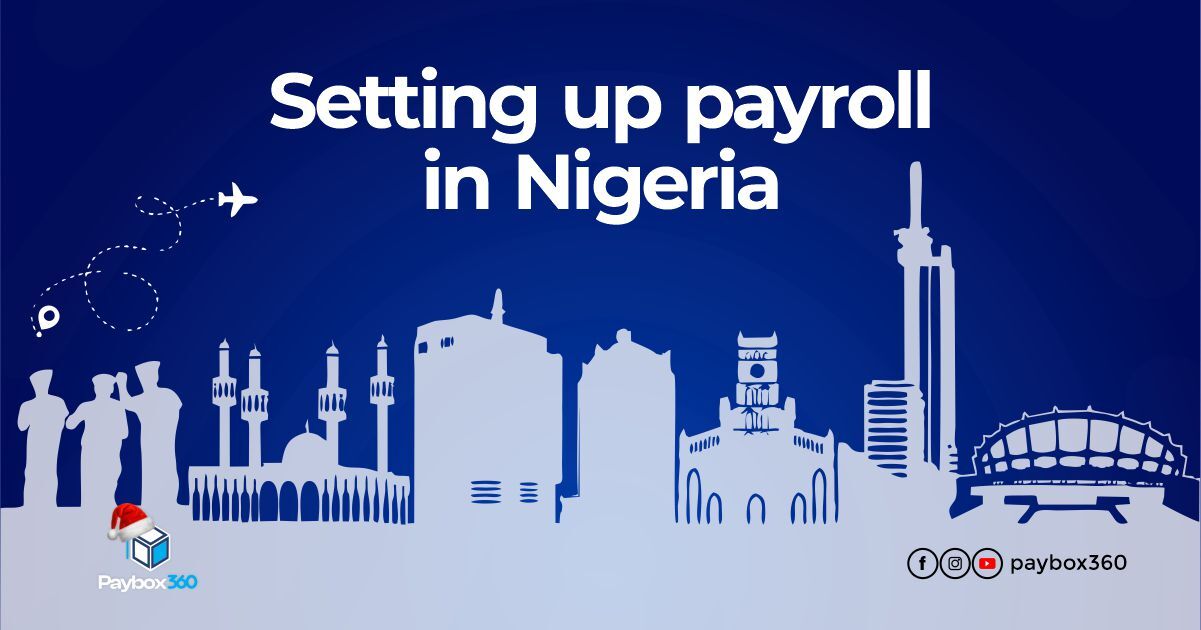A Comprehensive Guide for New Entrants in Understanding Global Payroll Topography
The expansion of your business across various global boundaries necessitates the complexities of activating needed payroll management globally, and this can appear challenging. However, being a payroll professional who’s directly engaged in multinational procedures and operations or purchasing, procurement, finance, or IT expert seeking deeper knowledge, this article will furnish you with the necessary terminology and insights into global payroll.
Global Payroll 101: Demystifying
It is important to understand the rudimentary terminology of global payroll before one can effectively manage payroll across various territories. In this comprehensive aspect, explanations as to the commonly used phrases, acronyms, terms, and ideas have been simplified to enable you to navigate through the difficulties of transnational payroll management.
Key Terminology in Global Payroll
Below is a compendium of crucial terms to enrich your awareness of global payroll operations:
- Cross-border payroll: The process of paying employees located in different countries.
- Deductions: Mandatory or voluntary amounts withheld from an employee’s gross pay for taxes, social security contributions, or other purposes.
- Employers of record (EORs): Third-party entities responsible for managing payroll and employer obligations on behalf of another company.
- Exchange rates: The conversion rate between currencies influencing the value of employee paychecks in different countries.
- Gross pay: An employee’s total compensation before deductions are applied.
- Local payroll providers: Service providers specialising in payroll processing and compliance within a specific country or region.
- Net pay: An employee receives after deductions have been subtracted from gross income.
- Payroll compliance: Adherence to legal and regulatory requirements for payroll processing in each country or jurisdiction.
- Remittances: The transfer of funds from one country to another, often used to process international employee payments.
- Social security contributions: Government-mandated contributions that benefit employees, such as retirement, disability, and healthcare.
- Withholding taxes: Taxes deducted from an employee’s gross pay to be remitted to the relevant tax authorities.
Moving forward, the glossary is the Genesis for understanding the language of global payroll. As you begin to go into the complicatedness of international payroll management, you’re going to gain a broader fondness of the nuances and challenges attached to confirming accurate, compliant, and timely payments to employees worldwide. This is why companies avoid doing payroll themselves.
How to solve the intricacies of global payroll
The landscape of Global payroll is filled with a lot of dynamism. Therefore, understanding fundamental concepts and terminology is important to steer its complexities. This part of the article treats the nuances of terms like “best of breed” (BOB) and “employer of record” (EOR), feeding insights into their functions in multinational payroll management.
Best of Breed (BOB):
When it comes to global payroll, BOB means local, country-specific payroll solutions specifically made to deal with the unique regulatory and compliance prerequisites of each jurisdiction. Institutions usually adopt BOB solutions as an aspect of a decentralised payroll technique, concentrating on keeping and meeting country-specific employee needs.- Employer of Record (EOR):
An EOR is a service provider that assumes legal and financial responsibility for an organisation’s employees in a foreign country. This relieves the organisation from the burden of establishing a legal entity in each location, allowing them to focus on their core business operations.
- Expat/InPat:
The terms “expat” and “inpat” are used interchangeably to describe individuals working in a country other than their home country. From the perspective of the HR or payroll department, the distinction lies in the point of reference. An expat works abroad on their home country’s payroll, while an inpat works abroad on the host country’s payroll.
Global Payroll
Global payroll encompasses the standardisation and optimisation of payroll processes across multiple countries. Organisations often adopt a global payroll approach to streamline operations, enhance data visibility, and leverage the expertise of specialised providers like ADP.
Global Business Services (GBS)
GBS extends the concept of shared services centres (SSCs) to a multinational scale. These multi-functional centres, encompassing finance, HR, and IT, provide a range of transactional services to internal clients worldwide, adhering to strict service level agreements (SLAs) and key performance indicators (KPIs).
Long Tail
“Long tail” in global payroll is when an institution has employees in several countries. However, those employees are small in number in each location. This scattered distribution poses administrative challenges, necessitating strategic outsourcing to providers with global payroll expertise.
Conclusion
Global payroll illustrates both possibilities and intricacies. However, by comprehending key concepts and terminology, payroll specialists and those concerned with international payroll procedures can effectively scale through this dynamic terrain.
Paybox360 is here to simplify payroll for global companies.





